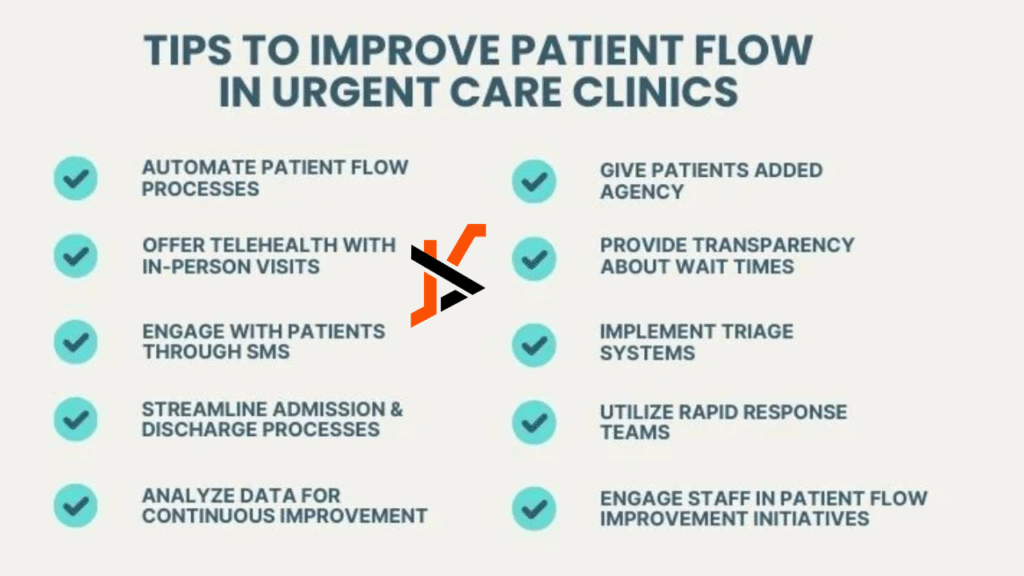The Struggle of a Busy Medical Practice
Most medical practices are built around one goal—helping patients. But between phone calls, scheduling, insurance forms, and follow-ups, a large part of the day is taken up by tasks that have nothing to do with direct care. Staff members often find themselves juggling these responsibilities on top of their main duties. This can lead to delays, missed details, and a stressed-out team.
It’s not just about being busy. When too much time is spent on administrative work, patient experience can suffer. Appointments may feel rushed, phone lines might stay on hold too long, and the focus on care can easily get lost in the chaos. Over time, this pressure can cause burnout for doctors and staff, which affects the entire clinic.
How Remote Staffing Fits In
This is where remote staffing—especially in the form of virtual medical assistants—comes into play. These professionals work from outside the office but are fully connected to the practice’s systems. They can handle phone calls, appointment scheduling, patient reminders, and even certain billing tasks.
For many clinics, partnering with a service like My Mountain Mover virtual staffing offers a way to add skilled help without the costs and space needs of hiring in-person employees. The assistants become part of the team, just without taking up a desk in the office. Their role is to free up in-house staff so they can focus on patient care, not paperwork.
From Constant Catch-Up to Staying Ahead
One of the biggest changes clinics notice when they bring in remote help is the shift from constantly catching up to staying ahead. Instead of starting the day already behind on voicemails or insurance verifications, those tasks are handled in real time by a virtual assistant.
This smoother workflow means fewer interruptions for the medical team. Doctors can move from patient to patient without being pulled away for minor but time-consuming issues. The front desk is less crowded, both in terms of work and stress, and patients notice when calls are answered quickly and follow-ups happen on schedule.
Real Benefits Beyond the Desk
While the main benefit is freeing up time, the impact of remote help is often much bigger. For example:
- Fewer scheduling errors – When one person is focused on keeping the calendar updated, double-bookings and missed appointments are far less common.
- Faster patient communication – Patients get answers to basic questions sooner, whether about appointment times, forms, or follow-up instructions.
- Improved billing accuracy – With someone dedicated to checking and submitting claims, errors are caught early, and payments are processed faster.
These improvements don’t just make the office run better. They can directly affect a clinic’s bottom line by reducing no-shows, speeding up reimbursements, and helping retain patients who appreciate the efficiency.
Supporting the In-House Team
It’s important to remember that remote staff are not a replacement for in-house employees—they are a support system. The best results happen when the two work closely together. For example, a virtual assistant might handle appointment confirmations and gather patient details, while the front desk team focuses on check-ins and in-person service.
This shared workload reduces the pressure on each role. Instead of rushing from one task to another, staff can give more attention to the patients in front of them. This also helps create a calmer, more organized work environment, which benefits everyone in the office.
Flexibility That Traditional Hiring Can’t Match
One of the reasons remote staffing is becoming more popular is flexibility. Medical offices can scale the amount of virtual support they use depending on demand. For instance, during flu season or after launching a new service, call volume and appointment requests can spike. Instead of scrambling to hire temporary staff, clinics can adjust the hours of their remote team to match the need.
This flexibility also works in the other direction. If a practice has a slower period, they can reduce virtual assistant hours without the long-term costs that come with letting go of in-house staff. It’s a staffing model that adapts to the natural ups and downs of a healthcare business.
Better Work-Life Balance for Doctors and Staff
When admin tasks are under control, doctors and medical staff are less likely to stay late finishing charts or returning calls. This means more predictable workdays and a better balance between professional and personal life.
Burnout in healthcare is a real issue, and while remote staffing isn’t a complete solution, it can take a significant weight off the team’s shoulders. Having fewer late nights and less time spent on repetitive tasks allows medical professionals to focus on why they chose this career in the first place—helping people.
Making the Transition Smooth
Bringing in remote help does require some planning. A clear outline of responsibilities is key. The virtual assistant needs access to the right systems, training on the clinic’s processes, and regular check-ins to stay aligned with the team’s goals.
Secure messaging systems, cloud-based practice management software, and video calls all make it easy to integrate a remote worker into the daily routine. When set up well, the difference between in-house and virtual staff is barely noticeable to patients.
What Success Looks Like
A clinic using remote help successfully might see:
- Shorter wait times for patients to book appointments.
- Staff who feel less rushed and more in control of their workload.
- Fewer billing delays and fewer insurance claim rejections.
- Patients commenting on how quickly calls are returned or questions are answered.
Over time, these small improvements build a reputation for the practice. Patients appreciate not having to chase information or sit on hold, and staff appreciate working in a more organized environment.
Key Takeaways
Remote staffing is not just about cutting costs—it’s about building a smoother, more reliable system for running a medical practice.
When done right, it turns a practice from overwhelmed to organized, creating space for doctors and staff to focus on what matters most—quality patient care.

